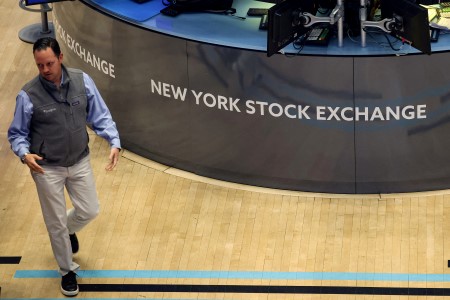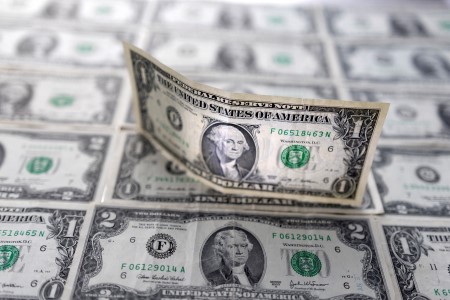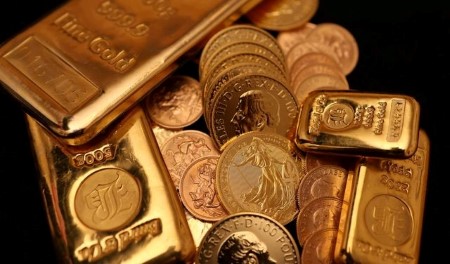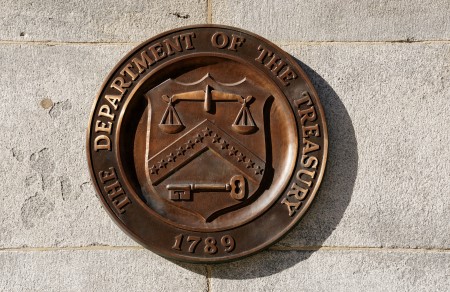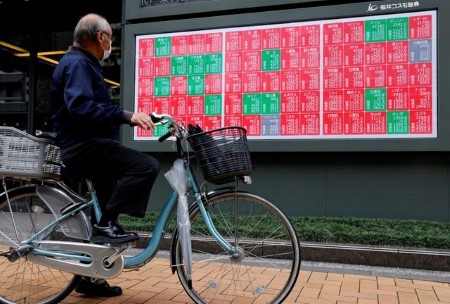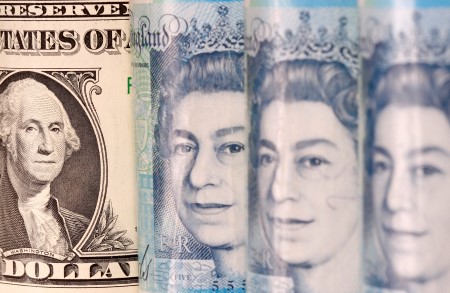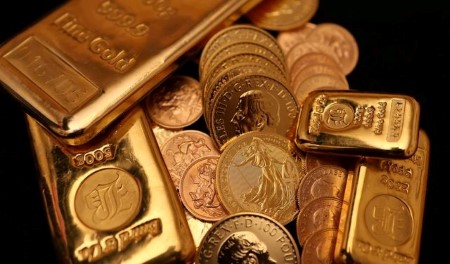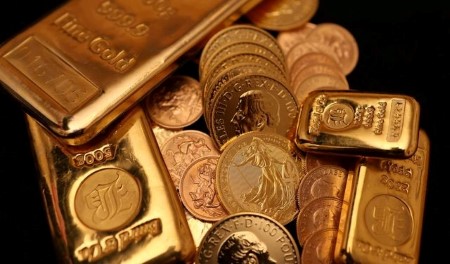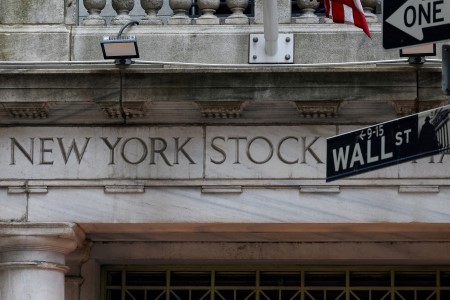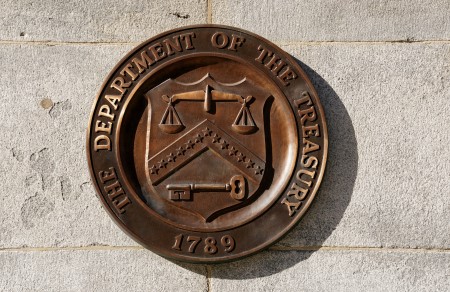NEW YORK – US Treasury yields were little changed to modestly higher on Friday, with data that showed consumer prices in the world’s largest economy rising less than expected in September supporting expectations of another interest rate cut next week.
A consumer sentiment survey from the University of Michigan showed a decline in the index, but with one-year inflation expectations showing steady levels.
Investors, however, were more focused on the US Consumer Price Index (CPI), which rose 0.3% last month after climbing 0.4% in August, data showed. On a year-on-year basis, the CPI grew 3.0% after advancing 2.9% in August.
Economists polled by Reuters had forecast the CPI increasing 0.4% and rising 3.1% year-on-year.
Excluding the volatile food and energy components, the CPI gained 0.2% after rising 0.3% in August. The so-called core CPI increased 3.0% year-on-year after rising 3.1% in August.
In afternoon trading, the benchmark 10-year yield turned lower after the CPI data, but was last up 1.2 basis points (bps) at 4%. The yield, however, was down about 1 bp on the week, its fourth straight weekly decline.
US 30-year bond yields were up 1.6 bps at 4.587%.
On the shorter end of the curve, the two-year yield, which reflects interest rate expectations, was slightly up at 3.484%. On the week, the two-year yield was up 1.8 bps, on track for its largest weekly decline since the week of September 22.
Rate moves during the week were largely confined to tight ranges, with no real catalyst as the federal government remained shuttered for a 24th straight day.
“Inflation is relatively tame. And you’ve still got a problem in the jobs market, there’s no question about it, which I think is why the Fed is going to continue doing what they’re doing,” said Joe Saluzzi, co-manager of trading at Themis Trading in Chatham, New Jersey.
“It looks around 88% now for two more cuts this year. So, it’s going to happen,” Saluzzi said.
The Federal Reserve is expected to reduce rates two more times this year, with a quarter-percentage-point cut baked in for the October 28-29 meeting, according to LSEG calculations using rate futures. For 2026, the Fed funds futures market has priced in about three more 25-bps cuts.
Jeremy Schwartz, senior US economist at Nomura in New York, said that while the CPI came out a little softer than expected, there are still signs of underlying pressure.
“As long as you’re in that mode where you’re tolerating a little bit more inflation, this is a good report. This is going to encourage them to keep on that path of insurance cuts or normalization, depending on how you view it,” Schwartz noted.
The yield curve, meanwhile, steepened in the wake of the CPI data, with the spread between US two-year and 10-year yields at 52.2 bps, from 50.8 bps late on Thursday. It was a pullback from the flattening trend seen in the last few days.
The curve hit 48 bps immediately after the inflation number, the flattest since September 12.
(Reporting by Gertrude Chavez-Dreyfuss, Additional reporting by Alden Bentley and Laura Matthews; Editing by Philippa Fletcher, Will Dunham, and Franklin Paul)







 DOWNLOAD
DOWNLOAD




